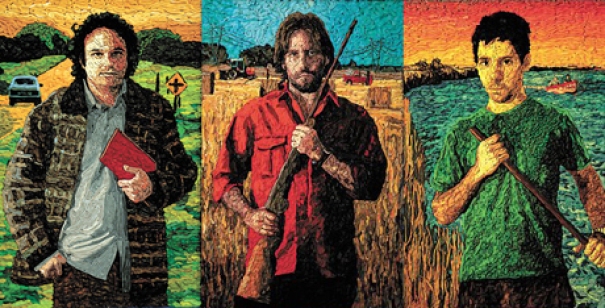Extraordinary Stories Film Difficulty Ranking: 3
This is storytelling at it’s finest. If you’re a fan of Borges or Pynchon’s mysteries you’ll love this film. Save this 4 hour wonder for a long journey or break it up into three viewings (with the 2 intervals). You can even try watching it here on YouTube.

Why Watch Extraordinary Stories?
- To see another great Argentinian film which is up there with Wild Tales and Secret in their Eyes (not the Hollywood remake)
- Witness storytelling at it’s finest!
- If you want 4 hours to go quickly (perfect for a long journey), otherwise this film is broken into three parts so easy to break into multiple viewings
- Perfect for fans of Borges or Pynchon!
The Breakdown
Extraordinary Stories starts with the story of X, a man walking down a road. He is walking to a nearby town, not really sure if he will find a job there. Whilst he is walking down the road, he witnesses a shootout in a farm field next to the road. Have the perpetrators seen him watching?
This opening episode makes up episode 1. Next up is the story of Z, a man who has just started a new job in a remote town. The third story centres a bet between two rivals.
Without giving anything more away, each of the three stories get more and more interesting and extraordinary as the film progresses. Each one progresses in 5-15 minute episodes and you are often left wanting to see more at the end, like a good TV series.
The strangest part is that you never really find out much about the three main protagonists (X, Z, and H). You never learn their name or their background; each of them remains a mystery. They reminded me of characters from a Borges short story or a Pynchon novel.
Conclusion
You won’t find storytelling better than this. I was skeptical about this 4 hour movie, but I couldn’t stop watching it after I hit play. The director gives you enough to pique your interest in each short episode, always leaving you wanting to watch more.





You must be logged in to post a comment.